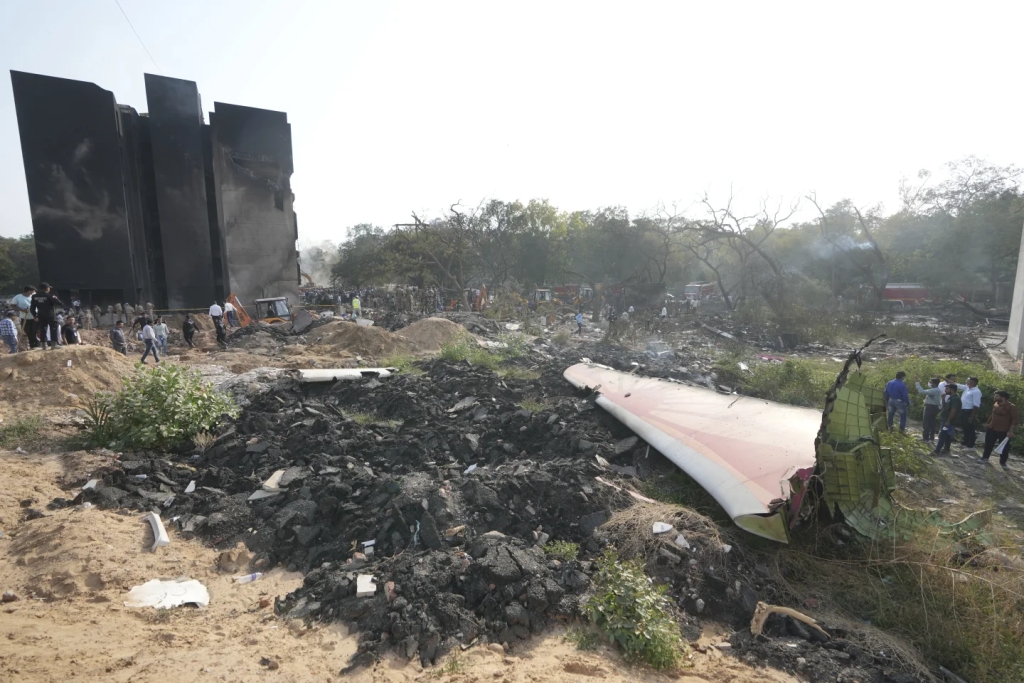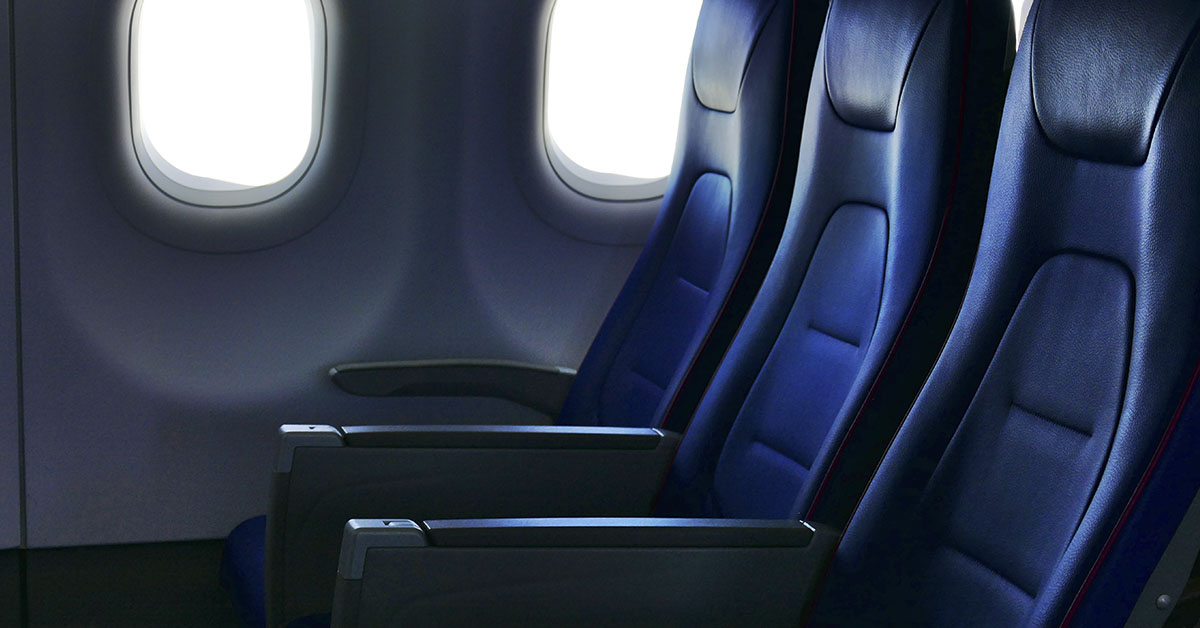In an eerie twist of fate, two men survived deadly plane crashes while seated in the exact same seat: 11A. The most recent survivor, Viswash Kumar Ramesh, walked away from the wreckage of Air India Flight AI‑171. Decades earlier, Thai actor and singer Ruangsak “James” Loychusak survived a similar crash, also from seat 11A.
On June 12, 2025, Ramesh boarded an Air India Boeing 787-8 in Ahmedabad, heading for London Gatwick. Just 30 seconds after takeoff, the aircraft plummeted into a nearby medical college building. Out of 242 people on board, only Ramesh survived.
When James heard about the crash, he was stunned. In 1998, he had been seated in 11A on Thai Airways Flight TG 261 when it went down in Thailand. “I got chills,” James admitted. “It’s hard to believe something like that could happen twice.”
This striking coincidence has sparked global interest and raised questions about fate, survival, and the symbolic weight of one particular airplane seat.
A Harrowing Escape from the Air India Crash
Ramesh, a 28-year-old tech consultant, shared his terrifying experience. “There was a loud blast, and everything went black,” he recalled. “I woke up, saw flames, and just ran.” He had been seated in 11A, close to where the main body of the aircraft broke apart.
Video footage from the scene captured him stumbling through debris, bloodied but alive. Emergency workers quickly transported him to a nearby hospital, calling his survival nothing short of miraculous.
The Air India aircraft had crashed into the side of a medical school hostel. Officials confirmed at least 38 fatalities on the ground, in addition to the 241 lost in the air. In response, the airline expressed condolences and began an internal safety audit.
Flashback to a Thai Disaster
James Loychusak’s story came rushing back when he saw the news. In December 1998, he had boarded Thai Airways Flight TG 261 during monsoon season. The Airbus A310 attempted to land three times before crashing in Surat Thani. It killed 101 passengers. James was one of only 45 survivors.
“I remember the screaming and the twisted metal,” he said. “The emotional pain was harder to heal than the physical injuries.”
Once he learned that Ramesh had also survived while sitting in seat 11A, James shared his thoughts online. He called the coincidence “a spiritual reminder that life is fragile.” His post went viral, with thousands commenting on the extraordinary connection.
Read More: Flight Attendant Explains the Mystery Behind the Black Triangle on Your Plane Seat
Seat 11A: Just a Number or Something More?
Although the story has gone viral, aviation experts caution against reading too much into the seat number. According to analysts, seat 11A does not consistently offer any survival advantage. Its location differs by aircraft model and does not always align with exits or structural reinforcements.
“There’s no such thing as a guaranteed safe seat,” aviation journalist David Learmount explained. “Survival depends on crash dynamics, where the plane breaks, and how quickly someone can escape.”
Nonetheless, stories like Ramesh’s add intrigue. As more people learn about the Air India crash, many are revisiting similar historical incidents. Historian Sarah Lowenstein said, “These rare outcomes become aviation folklore. They show us that even in destruction, something hopeful can emerge.”
Two Survivors Form a Unique Bond
Despite the decades between them, Ramesh and James now share a powerful bond. Survivors of aviation disasters often feel isolated. Now, both men have found unexpected support in each other.
James has already reached out. “I wanted him to know the nightmares don’t last forever,” he said. “You carry the weight, but you can still move forward.”
Ramesh responded positively. “It’s comforting to know someone else went through this and came out stronger,” he said from his hospital bed. Once discharged, he plans to connect with James for a virtual conversation.
Meanwhile, trauma counselors and survivor networks have offered both men psychological support. Their shared experience is now a bridge of understanding between two very different lives.
Air India Investigations Move Forward
In the aftermath of the crash, authorities launched a full investigation into Air India Flight AI‑171. Black box recorders were quickly recovered and are being analyzed by experts from India and abroad.

While no official conclusions have been released, early speculation points to either a mechanical issue or pilot error. The Directorate General of Civil Aviation (DGCA) has ordered thorough inspections across Air India’s Boeing 787 fleet as a safety measure.
Investigators are also studying the cabin’s structure, particularly around seat 11A, to understand how Ramesh managed to escape. Officials hope the findings will contribute to future safety improvements.
At the same time, Air India has grounded several planes for testing and reiterated its commitment to passenger safety.
A Seat with a Second Chance
Whether coincidence or something deeper, the story of seat 11A has resonated with people around the world. Two men. Two separate disasters. One identical seat.
For both Ramesh and James, that seat represents more than a coincidence. It symbolizes trauma, endurance, and the opportunity to start again.
“Maybe it’s just a number to some,” Ramesh said. “But to me, it’s the seat that gave me a second life.”
As the investigation continues, and as families mourn their loved ones, stories like these remind us of the strength that can rise from tragedy. For Air India, the focus now lies on improving safety and offering transparency. For Ramesh and James, the future begins with healing and an unexpected connection that neither of them ever saw coming.
Read More: Leaked Video Allegedly Shows Air India Plane Losing Power Before Crash: ‘Nothing Is Working’

